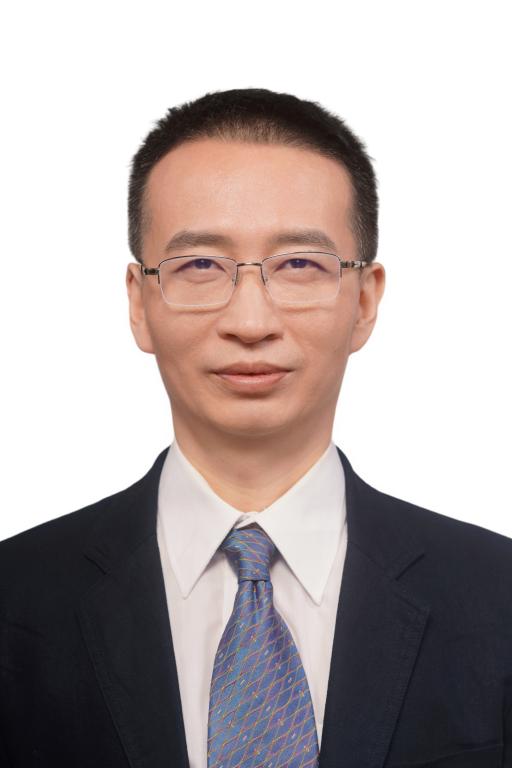Efficient Targeted Regulation of the Interfaces and Bulk in Inverted Perovskite Solar Cells with a [closo-B12H12]2--based Derivative
发布时间:2024-12-06
点击次数:
- 发表刊物:
- Advanced Materials
- 摘要:
- The performance and stability of inverted perovskite solar cells (PSCs) is adversely affected by the recombination loss, ion migration, and residual stress arising from issues within the bulk and at the cathode interface. Using simple post-treatment with a novel solution-processable derivative of the dodecahydro-closo-dodecaborate anion ([closo-B12H12]2-)—(TBA)2[B12H11(OCH2CH2)2OH] (TBA2B)—we simultaneously address these issues. In inverted PSCs, the cationic and anionic components of TBA2B uniquely self-separate by positioning themselves precisely to perform their specific modification functions. The majority of BOH2- ions reside at the PCBM/Ag interface, which enhances the electrical and physical contact. Additionally, a substantial fraction of TBA+ cations diffuse into the perovskite/PCBM heterojunction, enabling comprehensive control over the trap passivation, stress release, ion migration elimination, and grain boundary reinforcement through the in-situ formation of one-dimensional TBAPbI3 on the surface of the perovskite crystals. The TBA2B devices exhibit high power conversion efficiency (PCE) of 25.59% and Voc of 1.199 V, performance that is among the highest achieved with a solution-processed perovskite/PCBM heterojunction. Furthermore, TBA2B significantly enhances the device's stability. This study provides crucial insights into the design of efficient and solution processable [closo-B12H12]2--based interface materials, and offers a comprehensive understanding of the underlying modification mechanisms.
- 论文类型:
- 期刊论文
- 论文编号:
- 10.1002/adma.202414155
- 卷号:
- 2414155
- 是否译文:
- 否
- 发表时间:
- 2024-12-09







